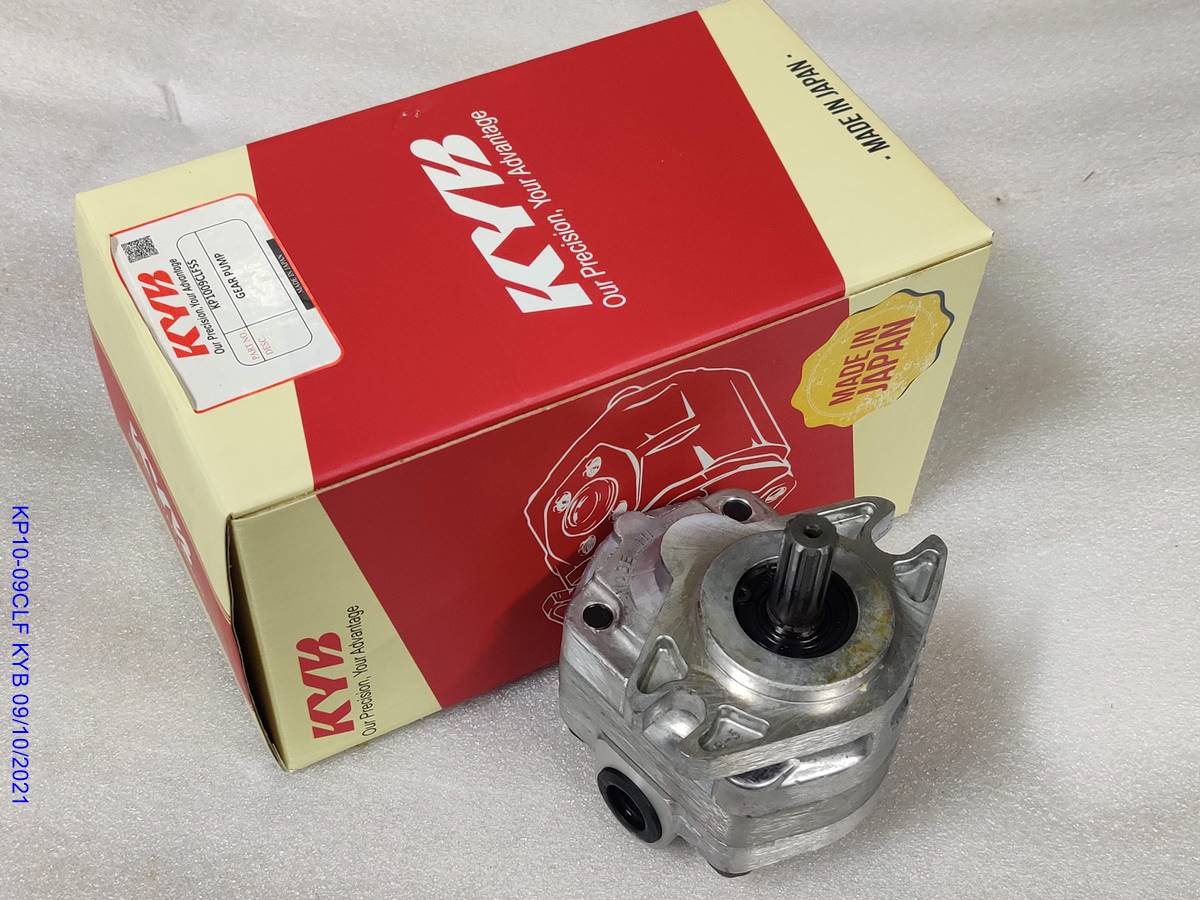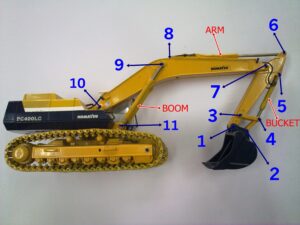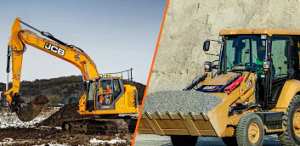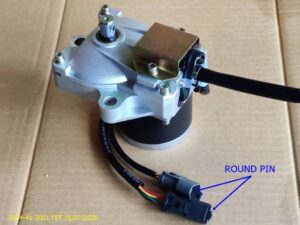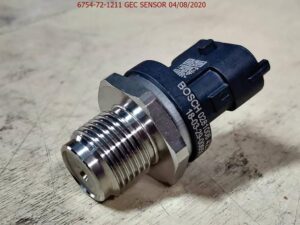GEAR PUMP
A hydraulic gear pump operates on the principle of positive displacement, meaning it moves a fixed amount of fluid with each revolution. Here’s a breakdown of how it works and its functions:
- Basic Structure: A hydraulic gear pump consists of two meshing gears – a drive gear (often called the “driver”) and a driven gear (sometimes called the “driven”). These gears are housed within a tight-fitting enclosure called the pump casing.
- Fluid Chamber: As the gears rotate, they create a sealed chamber between the teeth of the gears and the pump casing. This chamber is where the fluid is drawn in and then expelled.
- Inlet and Outlet Ports: The pump has an inlet port and an outlet port. The inlet port allows fluid to enter the pump, while the outlet port releases the pressurized fluid.
- Suction Phase: During the rotation of the gears, the teeth of the gears create expanding spaces on the inlet side of the pump. This expansion creates a vacuum that draws fluid into the pump from the reservoir through the inlet port. The fluid fills the expanding spaces between the gear teeth and the pump casing.
- Discharge Phase: As the gears continue to rotate, the expanding chambers move the fluid toward the outlet port. As the gears mesh, the spaces between the teeth decrease in size, compressing the fluid. This compression increases the pressure of the fluid, forcing it out of the outlet port.
- Continuous Cycle: The rotation of the gears continues the cycle of suction and discharge, creating a continuous flow of pressurized fluid.
FUNCTIONS :
- Fluid Transfer: The primary function of a hydraulic gear pump is to transfer hydraulic fluid from one location to another within a hydraulic system. This fluid transfer is essential for the operation of various hydraulic equipment and machinery.
- Creating Pressure: By compressing the fluid between the gears, hydraulic gear pumps generate hydraulic pressure. This pressurized fluid is used to perform work in hydraulic systems, such as lifting heavy loads, moving machinery components, or operating hydraulic tools.
- Power Source: Hydraulic gear pumps can serve as the power source for other hydraulic components, such as hydraulic cylinders, motors, and valves. They provide the necessary fluid pressure and flow to drive these components and perform specific tasks.
- Control of Fluid Flow: Hydraulic gear pumps can regulate the flow of hydraulic fluid within a system by adjusting the speed of the pump or controlling the inlet and outlet valves. This control allows for precise manipulation of hydraulic systems, such as adjusting the speed of hydraulic actuators or controlling the direction of hydraulic motors.
